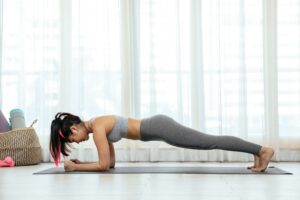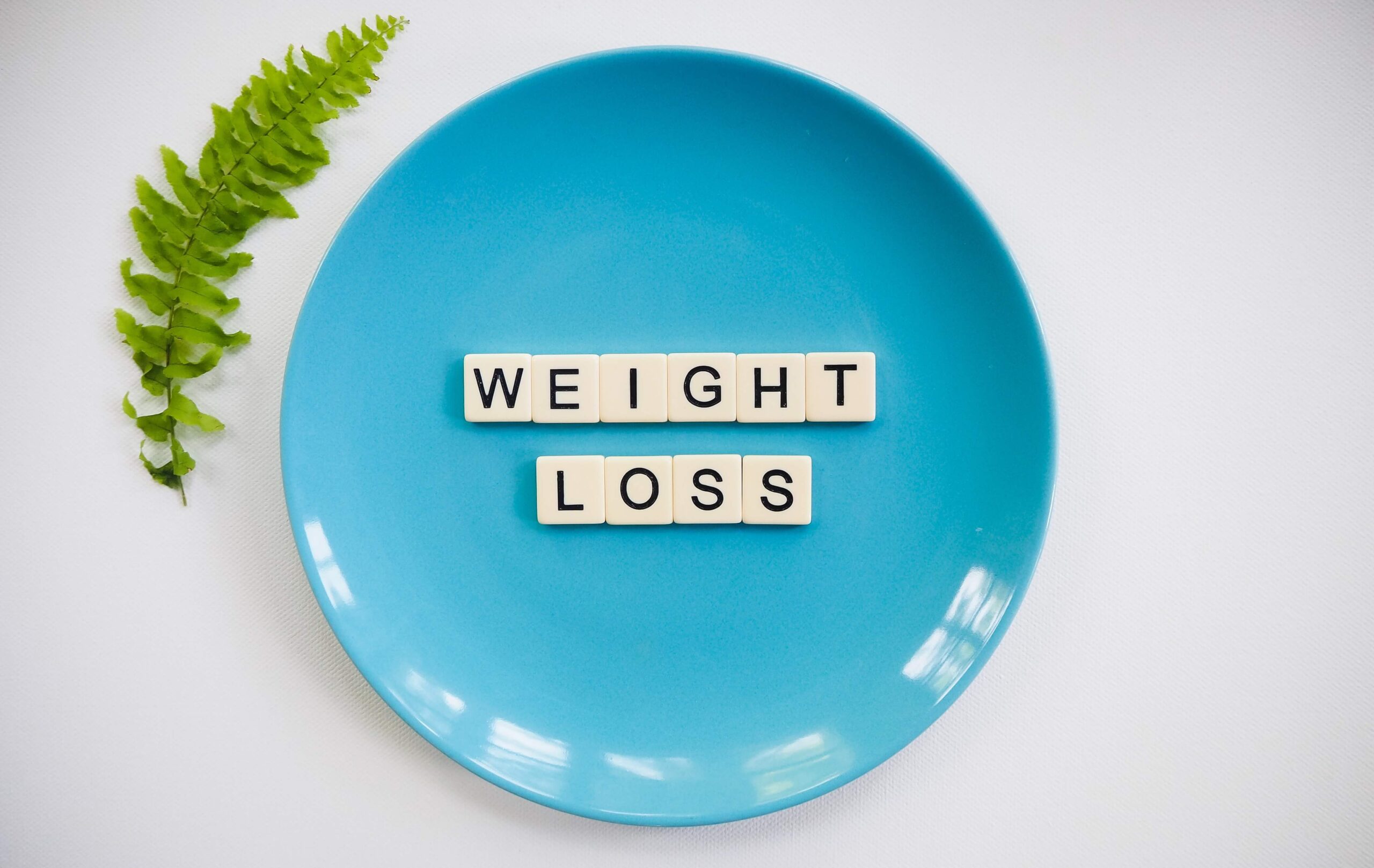Weight loss exercise from home
Exercise on a regular basis is essential for good health and any weight-loss or weight-maintenance program. Your body expends more energy when you’re active. And you lose weight when you burn more calories than you consume.
More exercise increases the number of calories your body uses for energy, or “burns off,” when you’re losing weight. The combination of burning calories through exercise and reducing the number of calories consumed results in a “calorie deficit,” which leads to weight loss. The majority of weight loss is caused by a reduction in caloric intake. However, research shows that the only way to retain weight loss is to engage in regular exercise.
Using a combination of exercise and dieting to reduce weight is more effective than relying alone on calorie restriction. In your daily routine, if you stick to your diet but skip exercise, or if you work out hard but don’t stick to your diet, you’ll notice that your body behaves extremely differently. Exercise can boost your metabolism or the number of calories you burn each day. It can also help you maintain and gain lean body mass, which helps you burn more calories throughout the day.
Exercise improves your mood, strengthens your bones, and lowers your risk of several chronic diseases in addition to weight loss. Exercise helps to lower blood pressure and cholesterol, which can save you from a heart attack. Furthermore, exercising reduces your risk of developing specific malignancies, such as colon and breast cancer. Exercise has also been shown to boost self-esteem and well-being, potentially lowering anxiety and depression levels.
Brisk Walking
One of the simplest and most affordable ways to increase activity levels, reduce weight, and improve health is to go for a walk.
Brisk walking is a moderate-intensity exercise that provides higher fitness and lowers health risks than normal walking. Walking briskly, which is often ignored as a type of exercise, can help you improve stamina, burn excess calories, and keep your heart healthier. Brisk walking offers distinct advantages over prolonged walking at a slower rate. Your heart rate rises when you walk faster, stimulating and straining your cardiovascular system in ways that slower walking paces do not.
No need to go for hours-long walks. A brisk 10-minute daily walk contributes to the necessary 150 minutes of weekly exercise and offers many health advantages.
The Centers for Disease Control and Prevention (CDC) recommends 2.5 to 4 miles per hour (mph) of moderate-intensity activity during walking. A moderate speed is 2.5 to 3.5 miles per hour, whereas a brisk speed is 3.5 to 4 miles per hour. (1)
Jogging and Running
Jogging and running are both aerobic exercises. Beginners should start out with brisk walking before moving on to jogging and finally running. Running is a weight-bearing exercise that can assist in maintaining a healthy weight, strengthening muscles, increasing cardiovascular fitness, burning a lot of calories, and is highly beneficial for abdominal fat.
Running and jogging differ from one another in terms of intensity. Jogging is slower than running, which also needs more energy from the heart, lungs, and muscles. Jogging is less physical fitness-demanding than running. The pace is the main distinction between jogging and running. Running will be at about 10 kph, while jogging is between 6 and 9 kph.
Running and jogging will help you burn roughly 372 calories every 30 minutes of activity and 298 calories per 30 minutes of activity, respectively. (2)
Skipping/ Jumping Rope
Skipping is a full-body workout that engages your leg muscles, arm muscles, and core muscles.
Along with fat-burning, skipping exercise also enhances lung capacity, tightens the core muscles, boosts stamina, and tones-up calf muscles.
Skipping is a form of high-intensity interval training (HIIT). You can lose more weight, although if you follow the proper procedures and eat the right meals while doing so. Rope skipping activity can burn up to 15 to 20 calories each minute. Working out with a jump rope for 15 minutes typically results in burning 200–300 calories. (3)
To burn up to 800 calories in just 30 minutes, simply double the 15-minute HIIT jump rope exercise below:
- Jump for 30 seconds
- Rest for 10 seconds
- Jump while running in place for 30 seconds
- Rest for 10 seconds
- Jump with high knees for 30 seconds
- Rest for 10 seconds
- Jump for butt kicks for 30 seconds
- Rest for 1 minute
- Repeat three to five times
Plank
Planks are an easy-to-do, highly effective total-body workout that can allow you to develop lower- and upper-body strength, activate your core, and secure your joints.

The plank is among the finest exercises for a flat tummy because it works every core muscle, including the rectus abdominus (often known as the “six-pack muscles”), transverse abdominus, internal and external obliques, hips, and back muscles. Your spine, rhomboids, trapezius, and abdominal muscles are all strengthened by the plank, and as they get stronger, they will inevitably generate a good posture. It typically burns two to five calories per minute for the majority of people. Planks build muscle and improve metabolism, allowing you to burn more calories during rest.
Most experts agree that 10 to 30 seconds are adequate. L’Italien advises concentrating on performing more sets of shorter durations. Aim for a 20–30 second plank when you first begin. Once you feel comfortable, try holding it for 40–50 seconds, repeat, and keep adding time from there. Practice doing this for a week. Doug Sklar, a certified personal trainer and the owner of Philanthro FIT in New York City, suggests aiming to complete three sets of up to 60 seconds per set as a general rule. Additionally, according to Sklar, shorter planks can still provide a good workout. (4)
Jumping Jack
Jumping jacks are sometimes referred to as star jumps and side-straddle hops in the US military. (5) Jumping jacks are an effective total-body exercise that can be done practically any place. This exercise is a component of plyometrics, also known as jump training. Plyometrics is a combination of resistance training and aerobic workout that can engage your heart, lungs, and muscles all at once. It could be a decent substitute for hours on a treadmill or stationary bike.
Jumping Jack is done by jumping to a posture with the legs spread wide and the hands going overhead, often in a clap, and then landing with the feet together and the arms at the sides.
It is an effective exercise that can burn as many as 19 calories in a single two-minute session (about 100 repetitions) for a 150-pound person. Jumping jacks can burn 94 calories if done for a total of 10 minutes throughout the day, split up into short bursts.
The following advantages result from regular exercise:
Increases the body’s metabolic rate, enhances muscle endurance, helps weight loss, reduces blood pressure, decreases levels of “bad” LDL cholesterol, raises levels of “good” HDL cholesterol, and improves insulin sensitivity. It is also beneficial for bone health.
Squats
One of the best workouts for building lower body muscle strength is the squat.
Squats are regarded as a compound exercise, which targets multiple joints and muscle groups simultaneously to improve physical stamina and performance. They primarily target your glutes and quadriceps to build your lower body. Additionally, they force your core muscles to work. Squats also strengthen the hip, calf, hamstring, and oblique muscles.
The steps to do Squats are as below:
- Stand with your feet slightly wider than your hip width, toes facing forward.
- Bending at your knees and ankle while driving your hips back, as if sitting on an invisible chair
- Squat down while keeping your heels and toes on the ground, chest up, and shoulders back.
- Strive to achieve parallel, which means your knees are bent at a 90-degree angle.
- Return to a standing upright position by pressing your heels into the ground and straightening your legs.
- Repeat 10-15 times. Complete three sets, three times a week
Squats can aid in weight loss by helping you build muscle and burn calories.
Squats help you improve flexibility, mobility, and balance, strengthen your lungs and heart, prevent injuries, maintain and improve your joints, and keep your bones strong.
Must Read >>
